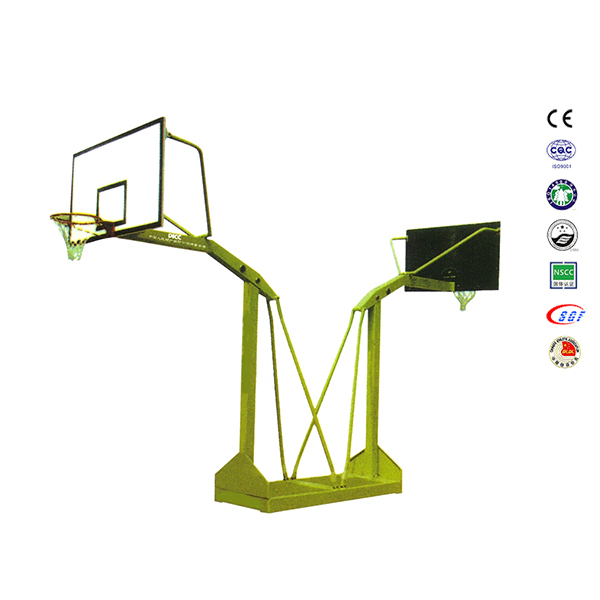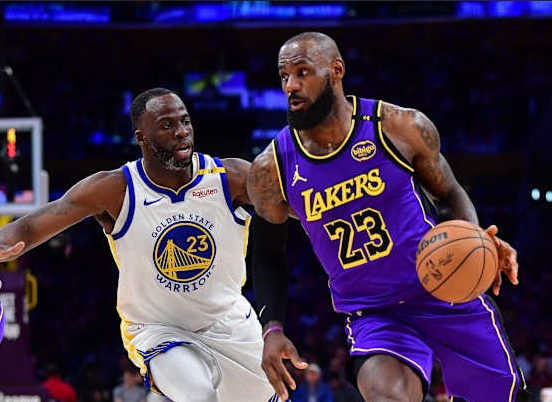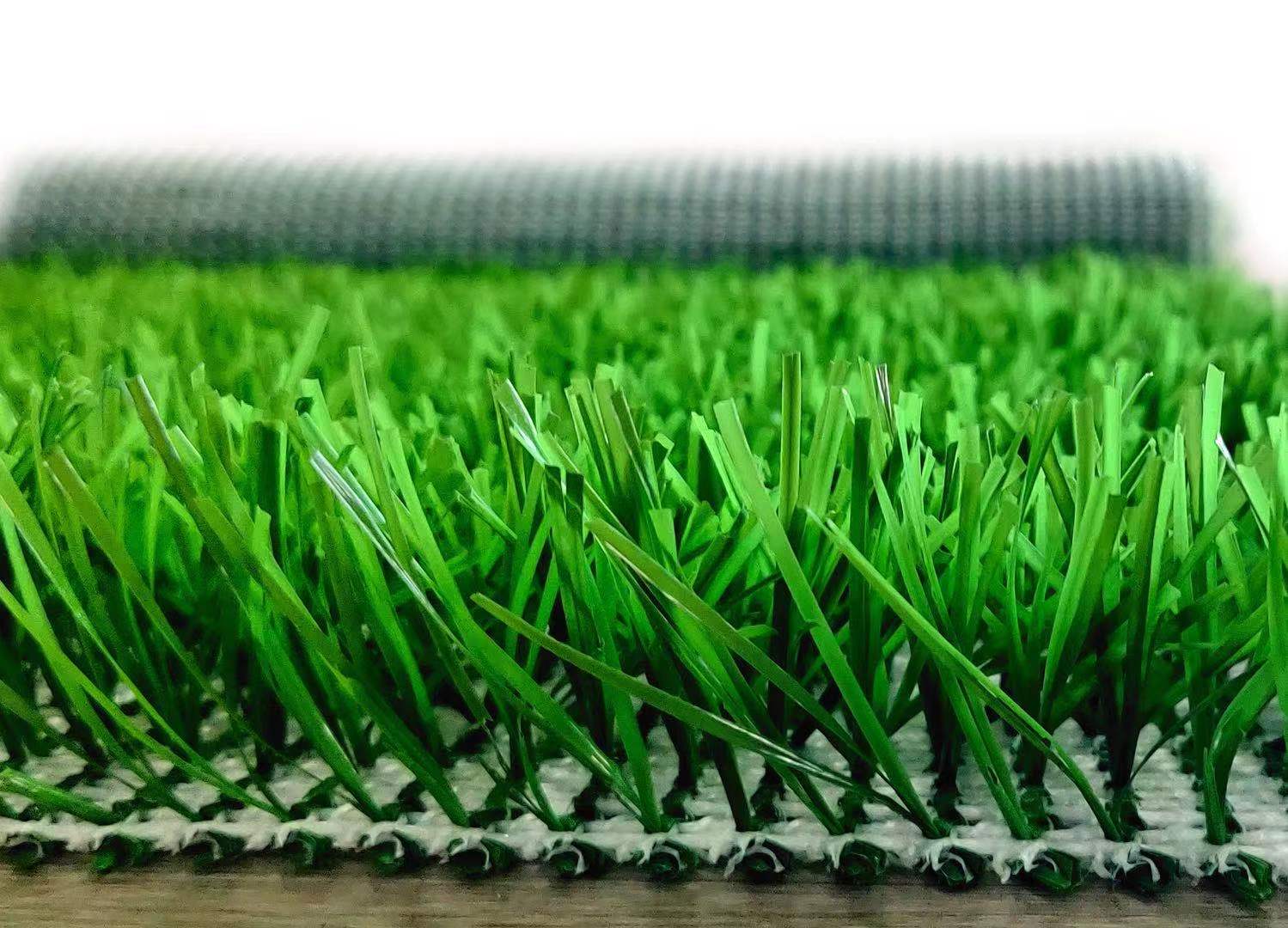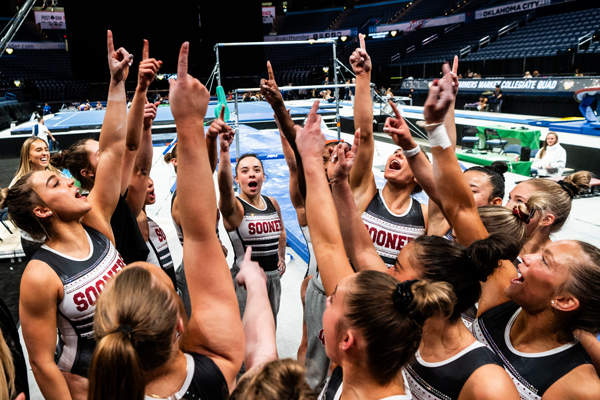Product
What size is the right football goal for children
Basic Info
Children can usually play some small football matches, such as 7-a-side, 5-a-side, 4-person, 3-a-side, etc.
The goal is 2 meters high and 5.5 meters wide.
Use the ball at position 4. Each half lasts for 30 minutes.
The goal is 2 meters high and 3 meters wide.
Use the ball at position 4. Each half lasts for 20 minutes.
7-a-side court:
50-80 meters long and 35-50 meters wideThe goal is 2 meters high and 5.5 meters wide.
Use the ball at position 4. Each half lasts for 30 minutes.
5-person court:
It is 25-42 meters long and 15-25 meters wide.The goal is 2 meters high and 3 meters wide.
Use the ball at position 4. Each half lasts for 20 minutes.
FIFA standard dimensions: Goal: 7.32 meters long, 2.44 meters high
Detailed explanation of football goal: A football goal should be located in the center of each goal line, consisting of two upright goalposts that are 7.32 meters apart and equidistant from the west corner flag, and a horizontal crossbeam with a lower edge 2.44 meters above the ground. To ensure safety, both fixed and mobile goals must be stably fixed on the field.
The width and thickness of the goalposts and crossbeams should be symmetrical and equal, and should not exceed 12 centimeters. The net is attached to the goalpost, crossbar, and ground behind the goal. The net should be properly supported to give the goalkeeper enough space to move.
Draw two lines perpendicular to the goal line at a distance of 5.5 meters (6 yards) from the inside of each goalpost. These two lines extend 5.5 meters (6 yards) into the football field and are connected to a line parallel to the goal line. The area formed by these lines and the goal line is the goal zone.
Goals are 2 meters high and 5.5 meters wide.
Ball is used by the number four position. 30 minutes per half.
Goals are 2 meters high and 3 meters wide.
Number four uses the ball. 20 minutes per half.
Goals are 1.3 meters high and 4 meters wide.
15 minutes per half.
Goals are 0.8 meters high and 1.2 meters wide
3 ball, 15 minutes per half
We often see some teams training with small goals and even small corners, but they actually have bigger options, why is that? Actually there is a reason, let's learn it together:
Maybe we've experienced this ourselves and wondered why we're narrowing down the area instead of using the whole court, because it actually limits ourselves, and by doing so, we force ourselves and our teammates to focus on a smaller area.
Because when we practice ball control, it makes sense to practice how to overcome pressure and play a fast paced game.
In addition, when we play in smaller areas, we get more touches and passes because we are closer to our teammates and at least sometimes passing is easier.
This is a very common way in soccer training to limit ourselves in some way to make the game more intense and to reinforce certain parts of the game, so that when we practice with the ball or passing, we are more focused.
For example, if we only played soccer, we wouldn't get a lot of practice carrying the ball because there are very few opportunities to carry the ball in a game. Therefore, sometimes it is important to practice only one part of the game at a time, and using small zones can help us do this.
Small goals tend to be effective when our team is engaged in a passing drill or dribbling drill, or when our team is engaged in a drill that has nothing to do with shooting.
Because it is very important to use normal goals for shooting training. Small goals are generally not used at this time, so that the memory of dealing with small goals interferes with our normal shooting muscle memory.
Nevertheless, small goals are of great benefit for practicing passing, because passing is easier and small goals can simulate the areas we need to hit when passing the ball.
So, next time we are practicing passing with friends or by ourselves, try this method, it will make us pass the ball correctly and score a goal at the same time, which is a great feeling.
It's only when we try it out for ourselves that we can realize why training with small balls is helpful. But these small soccer balls should never be a substitute for a normal sized soccer ball, and they are certainly not suitable for every sport or every training session. We can only use it appropriately.
The fact is that training with small balls does not help us get more. We should know how to use them and why we should use small balls. The main purpose is to help us improve our skills.
These balls should not be used for bigger drills, such as practicing game feel and team coordination, unless the purpose of doing so is to have more fun.
Small balls should be used for smaller drills that focus on the technical aspects of the game, whether it's passing drills, disking drills, or drills that focus on fitness, passing, and disking at the same time.
We can benefit from using a small ball in these drills because, as we said before, it can make the drills more difficult and restrictive.
When using a small soccer ball, we must be more precise than with a normal sized ball, it will automatically give us better control over the center of the ball and give us a better feeling when we touch it.
Now, we have to concentrate on the ball every time we touch it, so we don't have as much control when dribbling as we would with a regular sized ball.
Finally, it should be remembered that these smaller sizes should not replace the regular sized ball or play in a regular sized area, but should help us break the game into different parts and train creatively based on the skills we have.
Therefore, it makes sense for players to train with smaller goals and smaller soccer balls in smaller areas if we want to get different training results.
Detailed explanation of football goal: A football goal should be located in the center of each goal line, consisting of two upright goalposts that are 7.32 meters apart and equidistant from the west corner flag, and a horizontal crossbeam with a lower edge 2.44 meters above the ground. To ensure safety, both fixed and mobile goals must be stably fixed on the field.
The width and thickness of the goalposts and crossbeams should be symmetrical and equal, and should not exceed 12 centimeters. The net is attached to the goalpost, crossbar, and ground behind the goal. The net should be properly supported to give the goalkeeper enough space to move.
Draw two lines perpendicular to the goal line at a distance of 5.5 meters (6 yards) from the inside of each goalpost. These two lines extend 5.5 meters (6 yards) into the football field and are connected to a line parallel to the goal line. The area formed by these lines and the goal line is the goal zone.

What size is the right football goal for children:
Children aged 3/4/5/6/7/8/9/10 can generally play small soccer games: e.g. seven-a-side, five-a-side, four-a-side, three-a-side, etc.
Seven-a-side pitch:
50-80 meters long, 35-50 meters wideGoals are 2 meters high and 5.5 meters wide.
Ball is used by the number four position. 30 minutes per half.
Five-a-side pitch:
25-42 meters long, 15-25 meters wide.Goals are 2 meters high and 3 meters wide.
Number four uses the ball. 20 minutes per half.
Four-a-side pitch:
25-30 meters long, 15-20 meters wide.Goals are 1.3 meters high and 4 meters wide.
15 minutes per half.
Three-a-side pitch:
Length 24-28 meters, width 14-16 meters.Goals are 0.8 meters high and 1.2 meters wide
3 ball, 15 minutes per half
We often see some teams training with small goals and even small corners, but they actually have bigger options, why is that? Actually there is a reason, let's learn it together:

Mini football field:
We may have seen players playing in a narrow area when doing exercises such as ball control.Maybe we've experienced this ourselves and wondered why we're narrowing down the area instead of using the whole court, because it actually limits ourselves, and by doing so, we force ourselves and our teammates to focus on a smaller area.
Because when we practice ball control, it makes sense to practice how to overcome pressure and play a fast paced game.
In addition, when we play in smaller areas, we get more touches and passes because we are closer to our teammates and at least sometimes passing is easier.
This is a very common way in soccer training to limit ourselves in some way to make the game more intense and to reinforce certain parts of the game, so that when we practice with the ball or passing, we are more focused.
For example, if we only played soccer, we wouldn't get a lot of practice carrying the ball because there are very few opportunities to carry the ball in a game. Therefore, sometimes it is important to practice only one part of the game at a time, and using small zones can help us do this.

Mini Soccer Goal:
Now it makes sense to train and play in small areas, but how can using a small goal help us? A small goal can sometimes be effective and helpful, but we should also realize that it is not always the right solution.Small goals tend to be effective when our team is engaged in a passing drill or dribbling drill, or when our team is engaged in a drill that has nothing to do with shooting.
Because it is very important to use normal goals for shooting training. Small goals are generally not used at this time, so that the memory of dealing with small goals interferes with our normal shooting muscle memory.
Nevertheless, small goals are of great benefit for practicing passing, because passing is easier and small goals can simulate the areas we need to hit when passing the ball.
So, next time we are practicing passing with friends or by ourselves, try this method, it will make us pass the ball correctly and score a goal at the same time, which is a great feeling.
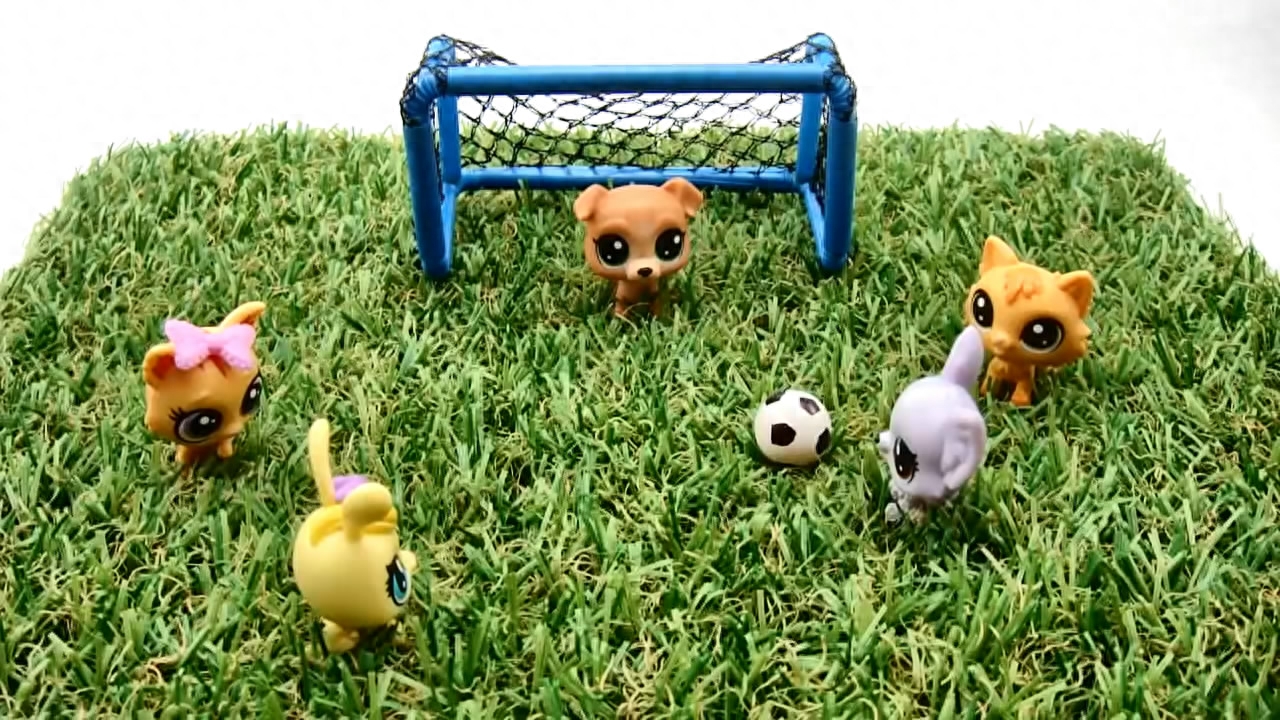
Mini football
Many people may be a little confused the first time they see a team training with a small soccer ball because it looks like someone accidentally took the wrong ball or it's a child's ball instead of a real game and training ball.It's only when we try it out for ourselves that we can realize why training with small balls is helpful. But these small soccer balls should never be a substitute for a normal sized soccer ball, and they are certainly not suitable for every sport or every training session. We can only use it appropriately.
The fact is that training with small balls does not help us get more. We should know how to use them and why we should use small balls. The main purpose is to help us improve our skills.
These balls should not be used for bigger drills, such as practicing game feel and team coordination, unless the purpose of doing so is to have more fun.
Small balls should be used for smaller drills that focus on the technical aspects of the game, whether it's passing drills, disking drills, or drills that focus on fitness, passing, and disking at the same time.
We can benefit from using a small ball in these drills because, as we said before, it can make the drills more difficult and restrictive.
When using a small soccer ball, we must be more precise than with a normal sized ball, it will automatically give us better control over the center of the ball and give us a better feeling when we touch it.
Now, we have to concentrate on the ball every time we touch it, so we don't have as much control when dribbling as we would with a regular sized ball.
Finally, it should be remembered that these smaller sizes should not replace the regular sized ball or play in a regular sized area, but should help us break the game into different parts and train creatively based on the skills we have.
Therefore, it makes sense for players to train with smaller goals and smaller soccer balls in smaller areas if we want to get different training results.

More LDK football product recommendations:
Football Cage
Futsal Goals
Metal Football Goal
Aluminum Football Goal
Foldable Football Goal
Portable Football Goal
Mini Football Goal
Futsal Goals
Metal Football Goal
Aluminum Football Goal
Foldable Football Goal
Portable Football Goal
Mini Football Goal
LDK sports equipment manufacturer's promotion is in progress: Click to contact us now
Previous Is gymnastics good for kids






